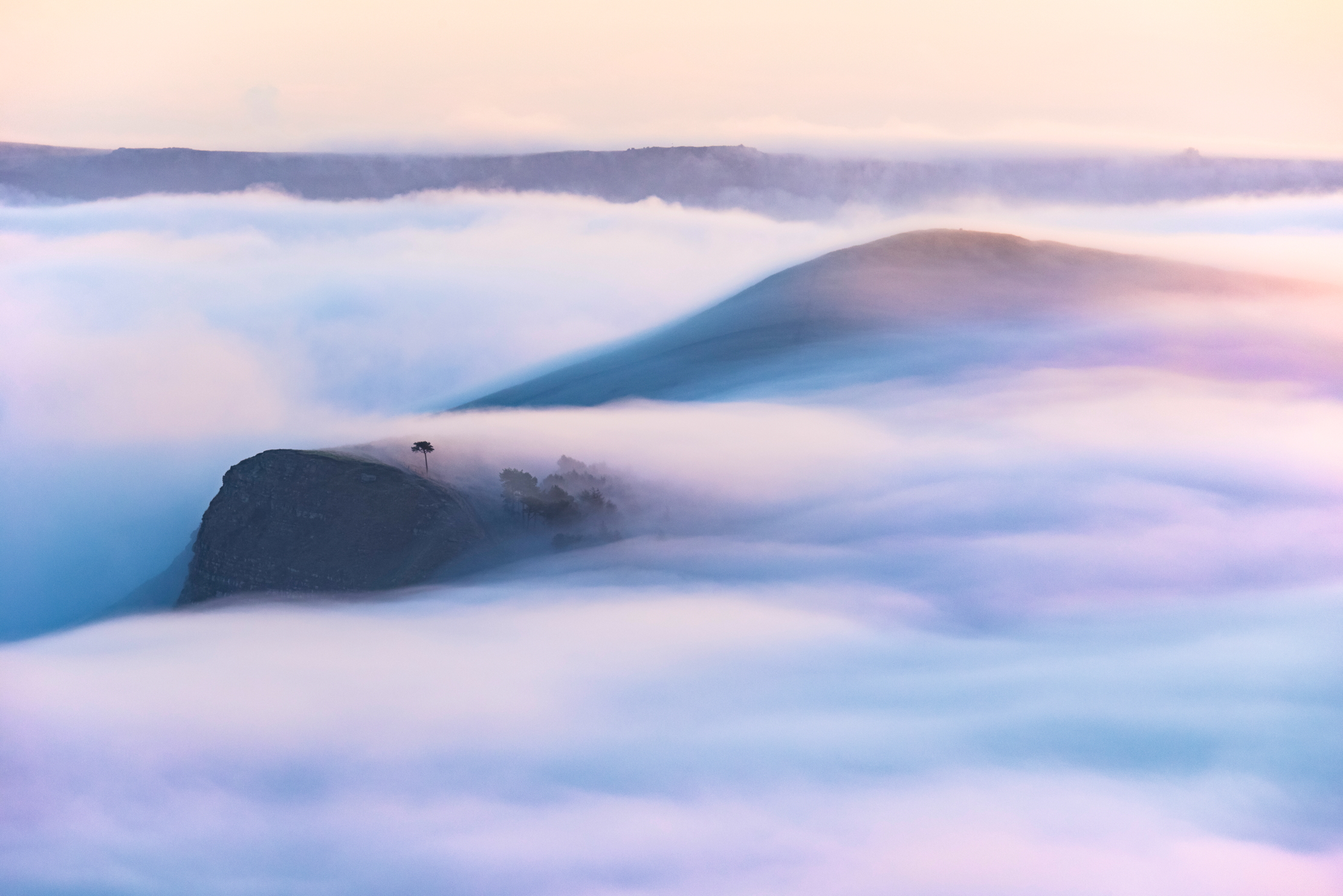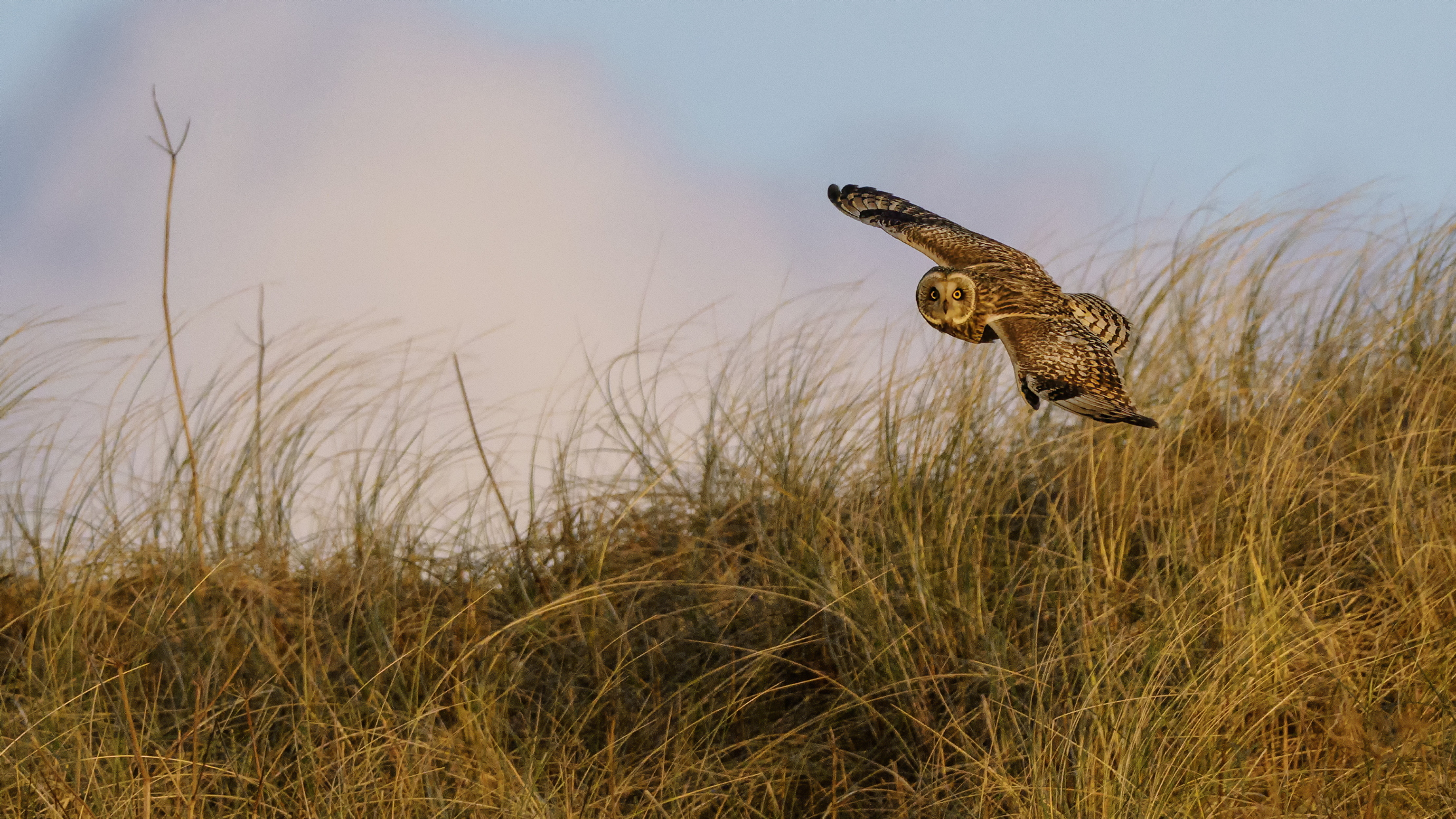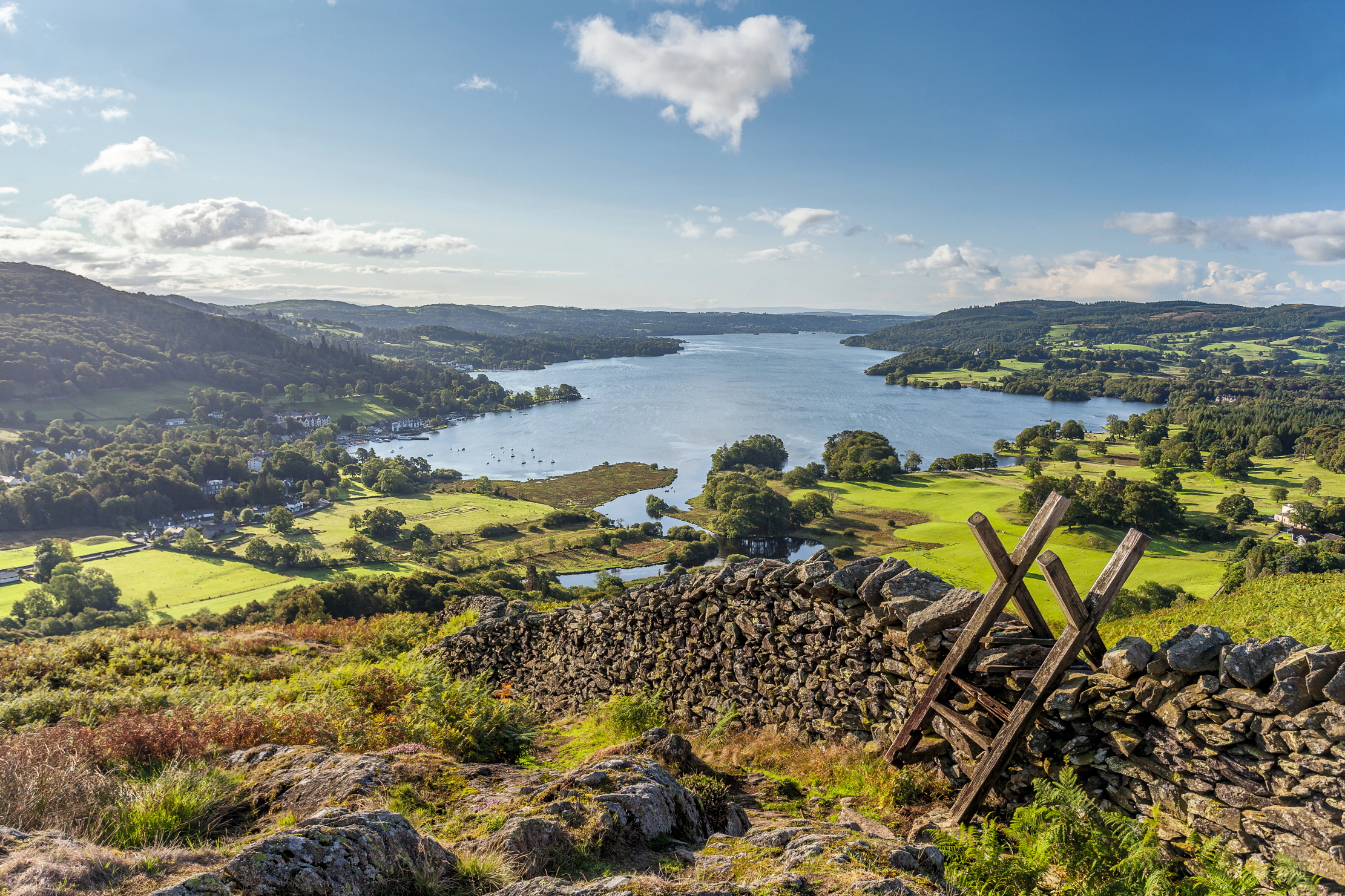John Lewis-Stempel: Why silence is golden
Quiet yourself and the distant hum of Nature’s parts connecting and working will soon come into focus.


Silence comes in many forms. There is the nothingness silence of the grave, a type of void, and the silence of Holy Night, Silent Night, the restful stillness you encounter on leaving a country church after Midnight Mass. The vast silence of the winter shore on a grey, lassitudinous February day is a lesson in human insignificance.
Animals, predator or prey, understand the need for silence. The owl flies on noiseless wings (courtesy of special comb-like serrations on the leading edge) and the fox pads softly on muffling, furred feet. The wounded sheep will not bleat, because to do so would betray its state to the wolf.
One can look to the birds for mastery of silence in music. The pause at the end of the robin’s phrasing adds wistful philosophy and the brief silences between the ‘juggings’ and ‘mewings’ of the nightingale’s song provide electric anticipation. In 1952, the American avant-garde composer John Cage created controversy with his work 4’33”, in which the score instructs performers not to play their instruments for the three movements, which last in total for four minutes and 33 seconds. Yet Cage was merely copying the birds and understood the purpose of reflective quiet from his interest in Zen Buddhism.
So requisite, so primal is our need for silence that we construct physical spaces in which to hear it. The monks had their cloisters, cathedrals their chapel of rest and Virginia Woolf was famously eloquent on the need for female writers to have a ‘room of one’s own’. No one ever built a walled garden without desiring the banishment of exterior noise. Silence in the library, please! And no phones in the ‘quiet carriage’ of the Inter-City.
When we speak of silence in Nature, we mean, paradoxically, that we wish to hear the natural acoustic system. We seek escape from ‘anthropogenic’ noise, we seek silence from invasive, mechanical modern life, with its iPhone beep, cacophonic traffic and aeroplane scrape across the sky. From the chatter of humans, the madding crowd. It is small accident that our greatest Nature writers sought solitude. Wordsworth, famously, wandered as lonely as a cloud and fellow Romantic poet John Clare, after complaining that ‘I hate the very noise of troublous man’, declared:
There is a charm in Solitude that cheers A feeling that the world knows nothing of A green delight the wounded mind endears After the hustling world is broken off…
The great philosopher of Nature’s quiet and its benefit to Man was the American woodsman Henry David Thoreau, he of Walden Pond: ‘Silence is the universal refuge, the sequel to all dull discourses and all foolish acts, a balm to our every chagrin… that background which the painter may not daub, be he master or bungler, and which, however awkward a figure we may have made in the foreground, remains ever our inviolable asylum, where no indignity can assail, no personality disturb us.’
In silence, we are. Monastic orders observe rules of non-talking, just as Mahatma Gandhi chose dumbness one day a week. Humans, they will talk, won’t they? Even on a ramble to listen to Nature, someone cannot resist saying: ‘Did you hear that?’ People fill their lives with distracting noise in order to not be.
Exquisite houses, the beauty of Nature, and how to get the most from your life, straight to your inbox.
Only when one understands that the search for silence is also the seeking of solitude (or sympathetic, mute companionship) can one find the true quiet of Nature. In Nature, there is no actual silence, other than death, which we have unhappily inflicted on the chemically doused fields of industrialised food production. Rachel Carson’s 1962 book of environmental science, Silent Spring, is their appositely titled requiem.
No, Nature abhors absolute silence, as it does the vacuum. You will hear what I mean if you follow me and enter one of Nature’s remote auditoria, such as the Grizedale Forest in the Lake District or the mountains of the ‘roof of Wales’. At first, the silence is deafening. Then, one becomes aware of the sea-shell hiss of one’s own self-consciousness… and then is discernible The Hum. Scientifically, the ‘cosmic hum’ is composed of gravitational forces, but relax and listen. Become one with the environment… The Hum comes to the ears, like the buzzing of a billion disturbed bees at a distance. This is the ‘silent sound’ of Nature’s parts connecting. The life processes. Life, in a word.

Against this Hum, the sounds of Nature are distinct, discrete, the cawing of the crow, the cok-cok-ing of the pheasant, the barking of the roe deer. The subtle sounds of Nature are curiously amplified: the rustle of the zephyr in the restless reeds can fill the Norfolk Broads and the breeze playing through the leaves of the trees in the oak wood achieves symphony. Each landscape should be a soundscape, free from the drowning noise of ‘civilisation’. On the mountain, one wishes to hear the scream of the wind through rocks, down in the dale the burble of the brook and on the evening lake the plop of trout returning to their element on discovering that they cannot, after all, fly.
Where does one go in 21st-century Britain, with its crowded 67 million population, to hear The Hum that is silence, by which we truly mean quiet? Where can we enjoy the acoustic ecologies of our distinct landscapes? Inadvertently, I have become expert, having spent the past five years or more exploring iconic habitats, at first seeing, then hearing: we humans do privilege sight. The heathery North Yorkshire moors, like the far shores of Scottish isles, are obvious locales.
Yet I have never been so alone, so meditative, as on the wastes of the estuarine Thames, only 10 miles as the gull flies from central London, concrete graffiti-plastered wall behind me, lapping Essex estuary to the fore: the hypnotic rhythm of water being a manifestation of The Hum. Near Lewes in East Sussex, I have descended into a coombe (a dry, chalky valley), the great walls of which defeated the A27. In Richmond Park, in the heart of Greater London, I have sat in a deery glade, lost in soothing bracken and trees. At a Dorset heathland nature reserve, most went one well-travelled pathway, so it was me alone on Hyde’s Heath for hours, amid the bees and the snakes and the Dartford warblers. In the end, one understands that you have to seek quiet, but it awaits. To hear silence, one has to actively listen.
Quiet — or silence, if you will — is more than a question of place or human agency. Weather and time are hush-makers. Snow is Nature’s great damper of sound. Under a ‘blanket’ of snow, even cities can be stilled and the sense of antiquity that snow brings with it — a dusting of snow makes even a modern skyscraper look olde — only improves the feeling of serenity. Fog, too, is a bringer of quietude, ordering aeroplanes to ground. Winter sends the world to sleep; the wood in winter is as hushed as a temple, in contrast to May, when it resounds to birdsong and picnickers. And so we come to the night, the great, dark continent of quiet. As he was the prophet of silence, so was Thoreau the prophet of the night, for they were overlapping entities. In 1853, he wrote: ‘I wish to hear the silence of the night, for the silence is something positive and to be heard.’
The night is home to the seekers of silence, and for more reason than the blaring humans being tucked up in their beds, their restless cars fixed on the drive. At night, we reorder our senses. Hearing is prioritised over sight. At night, our ears are keenest to hear the balm of silence and night is still, happy coincidence, the realm where Nature’s quiet holds sway. Those who walk at night enjoy the sounds of silence, from the natural acoustic of a certain place to The Hum of the universe. The secret, of course, is to be silent oneself, like the fox and the owl. Silence is as silence does.
John Lewis-Stempel has twice been crowed winner of the Wainwright prize for nature writing, and was the 2016 BSME Columnist of the Year. His new book, ‘England: A Natural History’, explores 12 distinctive habitats of England

John Lewis-Stempel: Into the deep of England's lakes
Beneath the crystal-clear, alien world of water lie the great piscean survivors of the Ice Age. The Lake District is
-
 Gill Meller's tomato, egg, bread and herb big-hearted summer salad
Gill Meller's tomato, egg, bread and herb big-hearted summer saladThis summer salad is for people who enjoy proper seasonal produce.
-
 ‘There are moments of formal dressing where one is humbled by the rules of it all’: A New Yorker tackles Royal Ascot for the first time
‘There are moments of formal dressing where one is humbled by the rules of it all’: A New Yorker tackles Royal Ascot for the first timeA day at the races filled with Royal processions, fantastical picnics and top hats might not sound particularly odd to us, but to visitors from America it’s a spectacle that has to be seen to be believed. One New Yorker recounts what he saw — and what he thought about it all.
